Scott #28A holds a notable position within the United States postal stamp series. As a Type I design, it shares the same design elements as Scott #12, but is distinguished by its unique Indian Red color and the addition of perforations. This stamp encapsulates a significant phase in the evolution of stamp design and color variation.
Design & Print
Scott #28A, like Scott #27 and #28, features the Type I design, characterized by frame lines protruding on all four sides. The defining attribute of Scott #28A is its Indian Red shade, the rarest shade of all the 5¢ perforated stamps of this issue. It is believed that some plates from the imperforate issue, likely the 1856 plates, were still usable and were employed in printing Scott #28A. This choice of color imparts a distinctive aesthetic to Scott #28A, setting it apart from other stamps in its series.
Postal Usage
Scott #28A was designed to cater to the postal rate requirements of the mid-19th century. As with other stamps of similar denomination, it was used primarily for regular postal services, including local and international mail. The stamp’s unique color did not change its postal application but added a distinctive visual aspect to the mail it was used on, making it a memorable and sought-after stamp in postal history.
Identification
The identification of Scott #28A is centered on its Indian Red shade, a characteristic that is instantly recognizable and distinguishes it from other stamps in the series. Alongside its color, the Type I design with protruding frame lines on all sides and the presence of perforations are key features that aid in its identification. Collectors and philatelists value Scott #28A for its rarity and distinctive appearance, making it a significant stamp in American philately.
Scott #28A represents a unique blend of historical significance and aesthetic appeal in U.S. postal history. Its Indian Red color, combined with the Type I design and perforations, reflects the innovations and artistic choices of the era. Understanding the design elements, postal usage, and identification of Scott #28A provides a comprehensive perspective on its place in the rich tapestry of American postal history and philatelic collection.
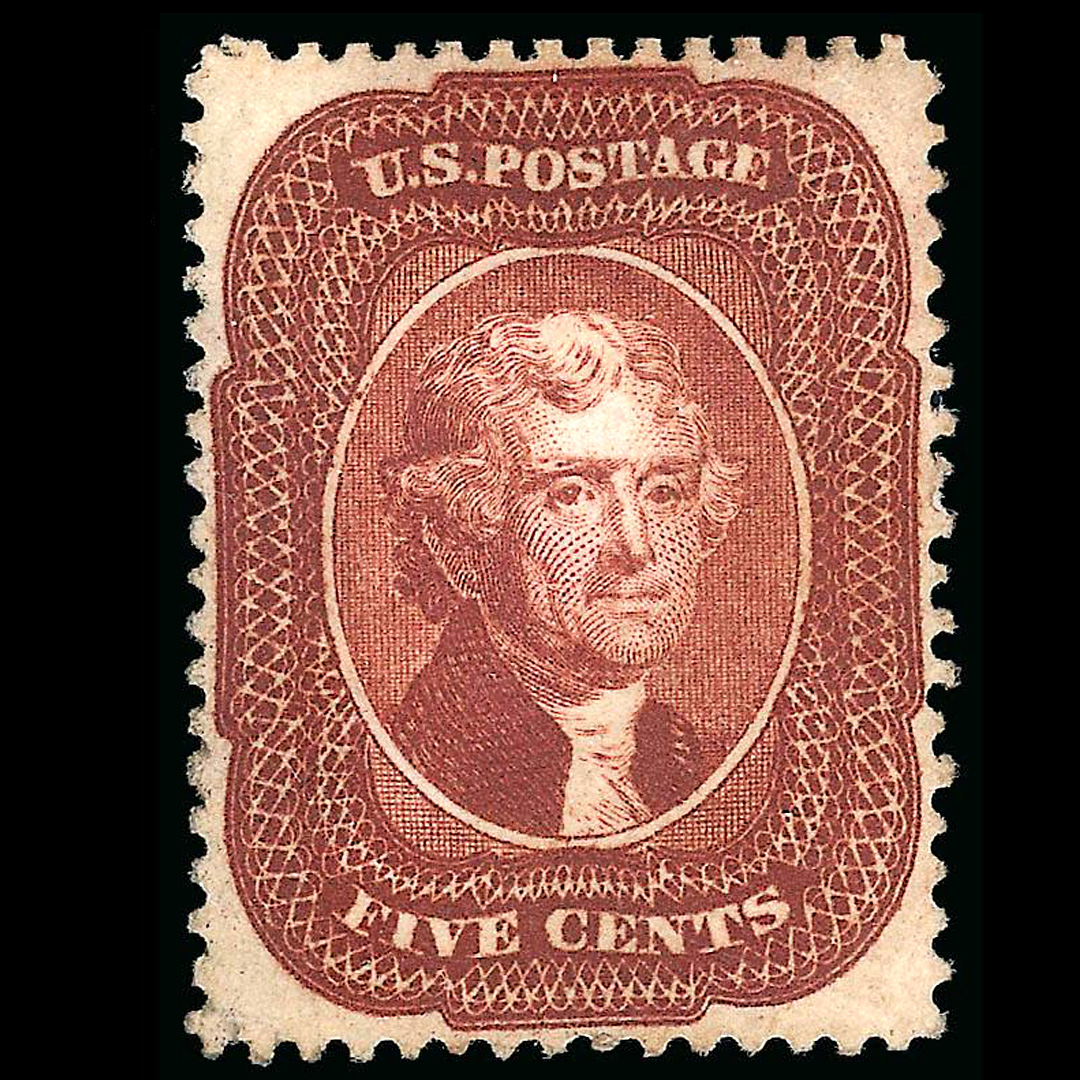
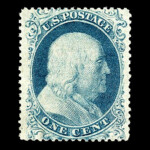
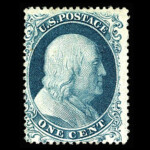
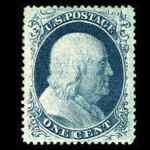
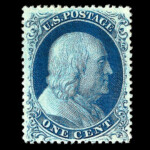
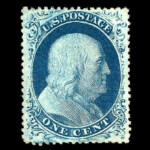
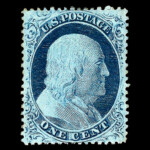
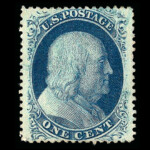
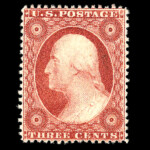
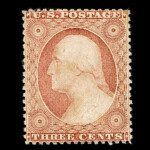
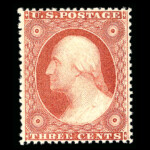
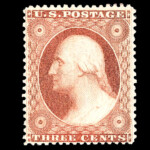
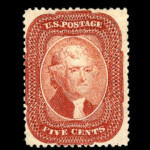
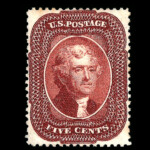
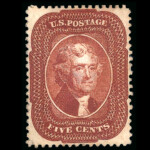
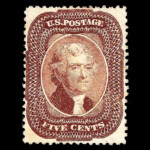
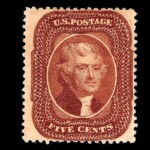
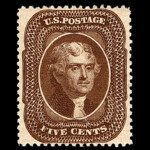
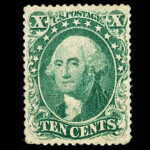
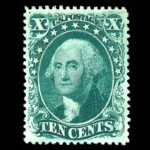
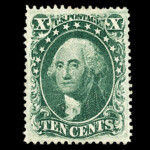
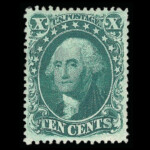
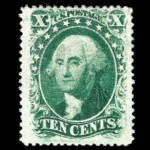
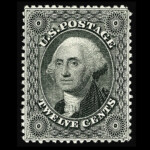
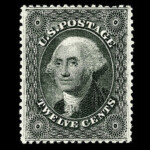


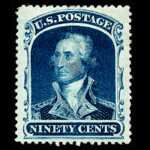
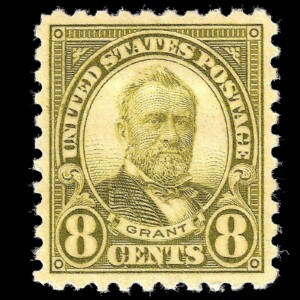
















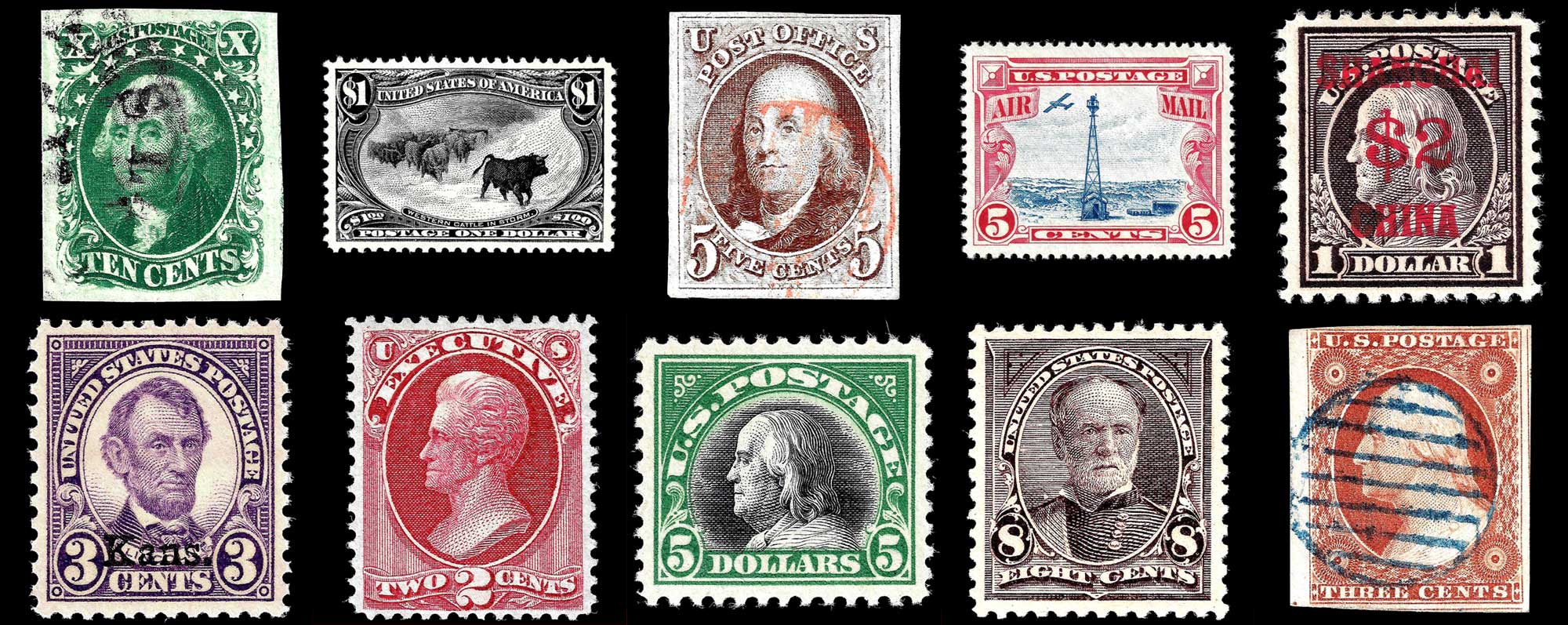
Ask A Question Or Leave A Comment